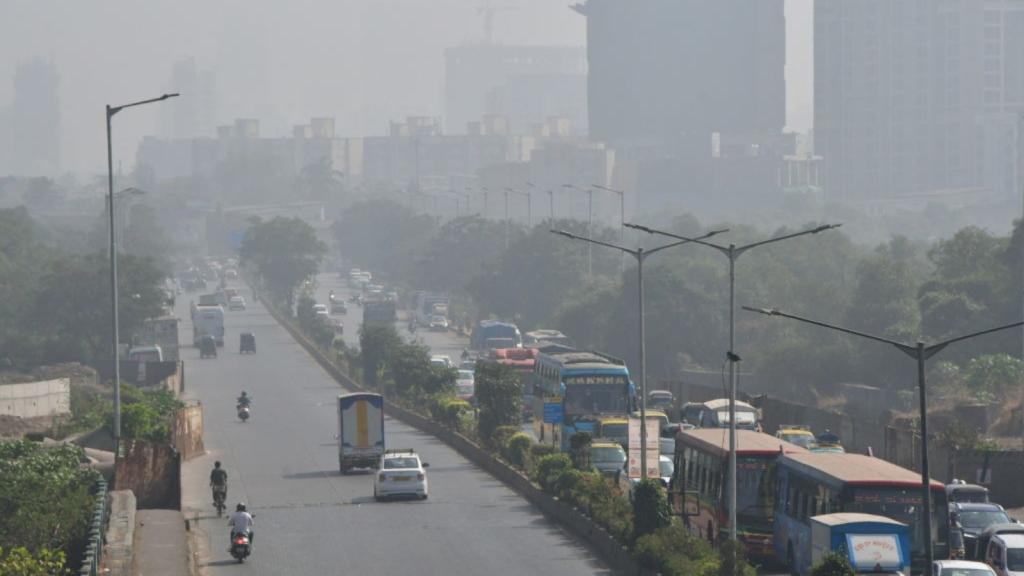For a century now, the United States has prioritized the automobile over the pedestrian. Major cities slice up their neighborhoods with thick highways and some suburbs don’t even bother installing sidewalks. Even in deep-blue San Francisco, a battle broke out this year over whether to close a coastal highway to cars permanently.
It might seem obvious that making a neighborhood more friendly to pedestrians encourages people to walk more, improving public health and reducing greenhouse gas emissions from driving. But it’s surprisingly tricky to demonstrate that with data, since other factors influence how much a person walks, like their socioeconomic status. Cities need such data to prioritize which neighborhoods to make more walkable, and then public health officials need still more research to confirm the benefits of any interventions.
To that end, a new study in the American Journal of Epidemiology used 11,000 twins to show that whenever a neighborhood becomes 1 percent more walkable — by, for instance, adding sidewalks to make it easier for people to get ... Read more










